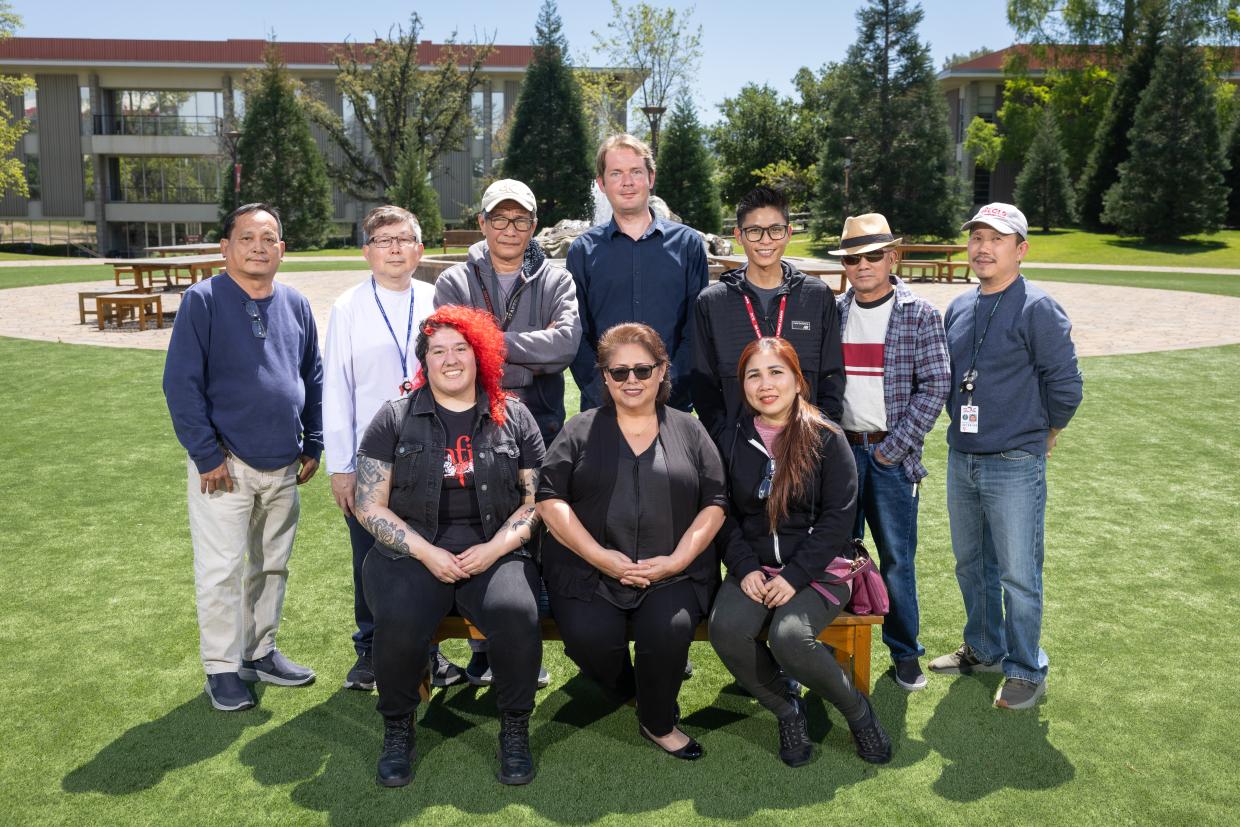Assembly & Test (AT) Department

The Assembly & Test (AT) Department at SLAC, plays a crucial role in the production and quality assurance of electronic circuit boards and related components for the laboratory's instrumentation needs. This department is primarily responsible for the assembly and testing of circuit boards used in TID (Technology and Innovation Directorate) instrumentation. Assembly work, carried out by skilled technicians, involves the meticulous process of building circuit boards from scratch or partially loaded PCBs. This demanding task requires referencing detailed documentation, including a Bill Of Materials (BOM) and assembly drawings, to ensure precise component placement on the boards. In cases where minor rework is needed, such as component replacement, either technicians or engineers skilled in soldering perform the necessary adjustments, with a strong emphasis on proper training and documentation. Ensuring that all modifications are accurately documented is a critical aspect of their work to maintain the integrity and traceability of the boards for future troubleshooting. Additionally, cable assembly, chassis assembly, and other mechanical tasks are carried out in the TID Instrumentation Assembly and Test lab, contributing to the department's comprehensive role in supporting SLAC's instrumentation needs.
The AT Department also takes on cable assembly tasks, where engineers and technicians cut, solder, or crimp cable ends onto connectors, and rigorously test the resulting cables. Some high-voltage cables may undergo further testing using specialized equipment, ensuring their reliability and safety. Chassis assembly is another essential function within the department, involving the construction of mechanical chassis structures, the incorporation of internal components, and the addition of external elements such as connectors and displays. Overall, the AT Department at SLAC serves as a critical hub for precision assembly, testing, and documentation of electronic components and mechanical structures, supporting the laboratory's diverse engineering design services and instrumentation requirements.
